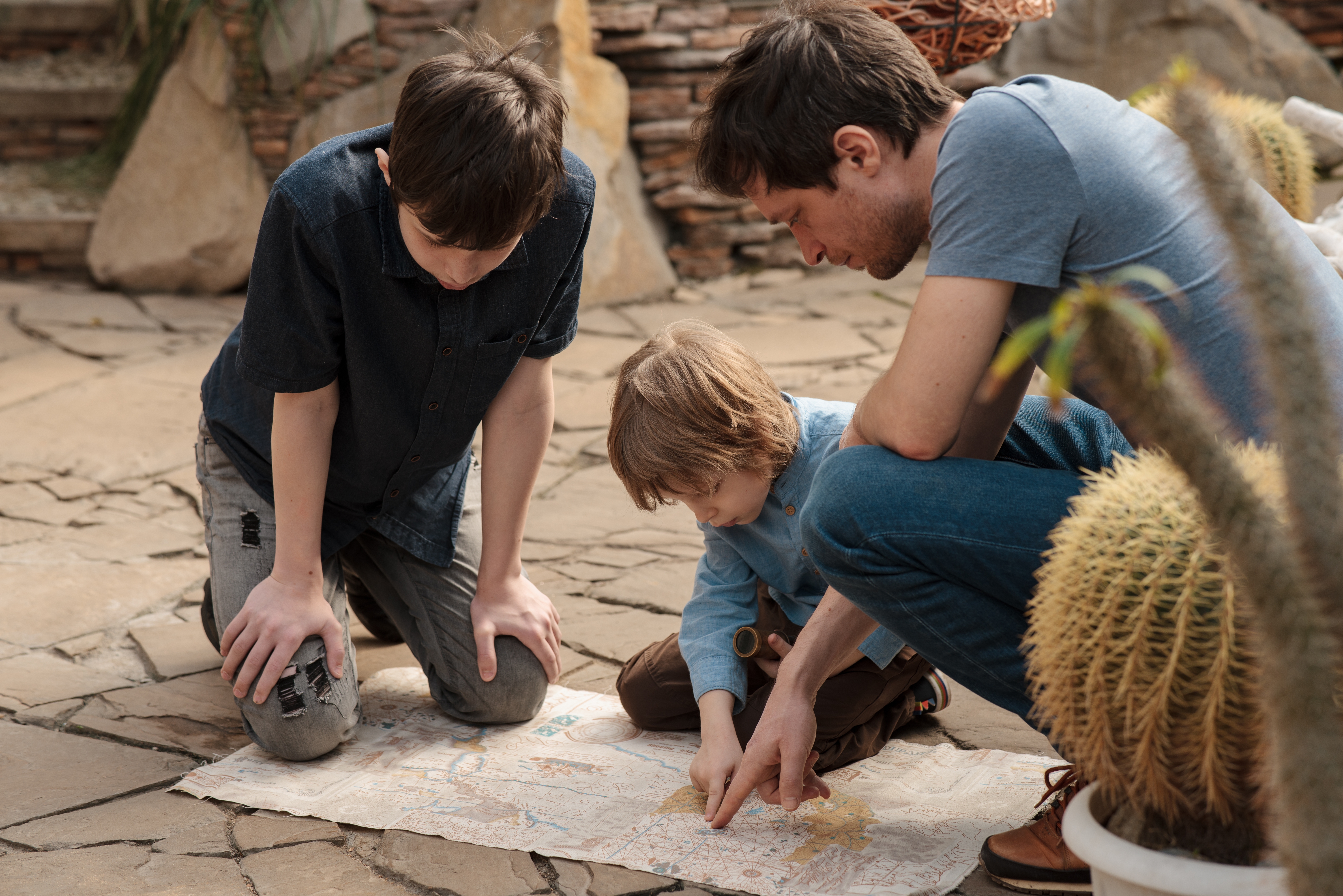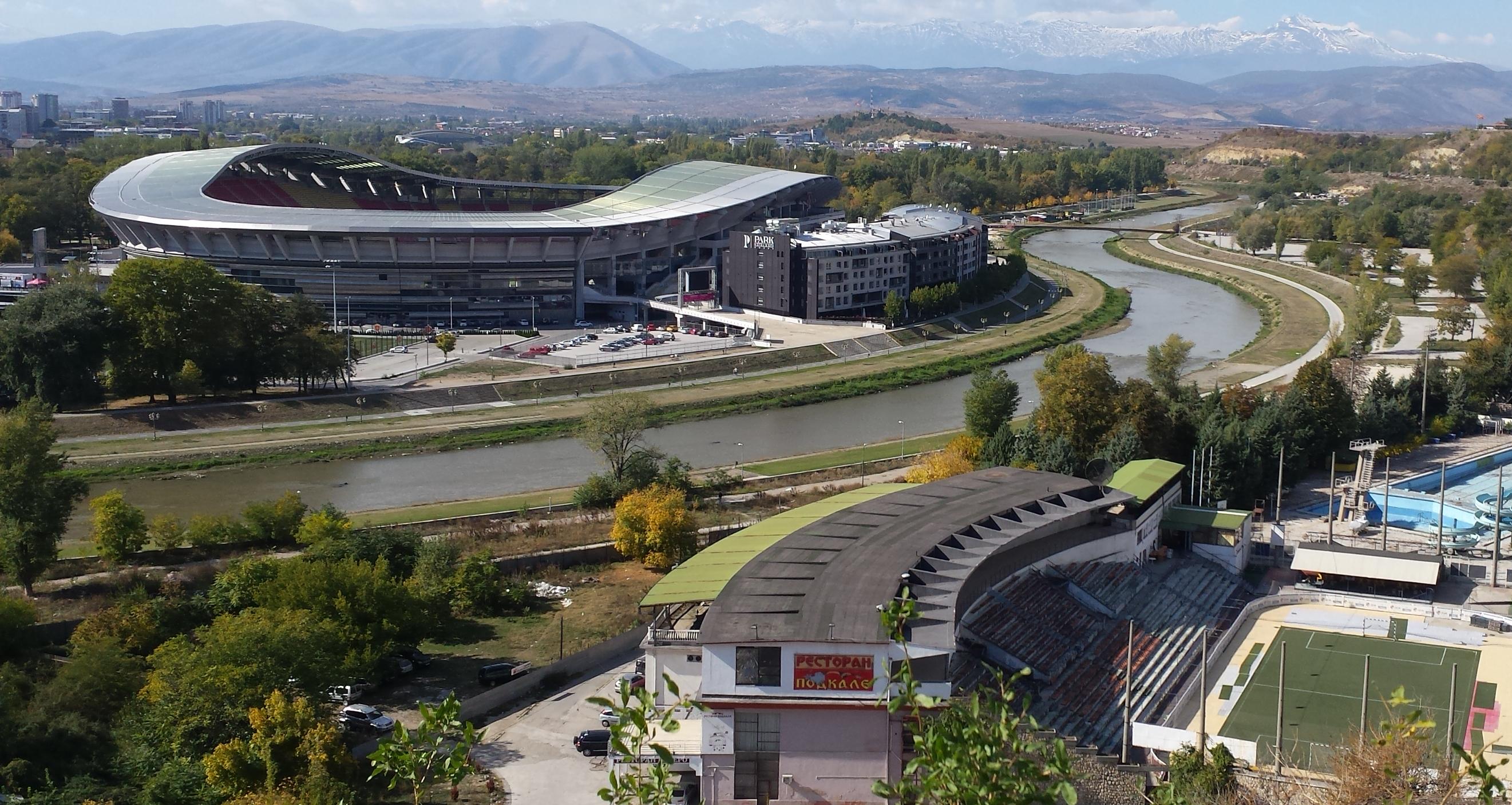11 Clever Ways Travelers Are Saving Big Money on Trips This Year
In an era where wanderlust meets economic caution, travelers are increasingly seeking innovative ways to explore the world without breaking the bank. The global landscape of travel has shifted dramatically, influenced by fluctuating economies, technological advancements, and a growing consciousness about sustainable practices. As a result, travelers are adopting ingenious methods to stretch their dollars further, ensuring that their adventures remain both affordable and fulfilling. This article delves into 11 strategic approaches that savvy travelers are employing to cut costs this year, each offering unique insights into the art of budget travel. From leveraging technology to embracing local cultures, these methods not only save money but often enhance the travel experience in unexpected ways. Join us as we explore these strategies, each a testament to human creativity and adaptability in the face of financial constraints.
1. Embracing the Sharing Economy: A New Travel Paradigm

The sharing economy has revolutionized the way we approach travel, offering a plethora of options that are both cost-effective and community-driven. Platforms like Airbnb and Couchsurfing enable travelers to find affordable lodging while experiencing local hospitality firsthand. This method not only reduces accommodation costs but also allows travelers to immerse themselves in the local culture, often leading to more authentic experiences than traditional hotels can offer. Moreover, ride-sharing services such as Uber and Lyft provide flexible and affordable transportation options, often at a fraction of the cost of traditional taxis. By embracing the sharing economy, travelers can significantly reduce their expenses while fostering connections with locals, enhancing both their journey and understanding of the destination.
2. Off-Peak Travel: Timing is Everything

Traveling during off-peak seasons is a tried-and-true strategy for those looking to save money while avoiding the crowds. Off-peak travel offers the dual benefits of reduced costs and a more relaxed experience, as destinations are less crowded and more accessible. Airlines, hotels, and attractions often offer significant discounts during these periods, making it an ideal time for budget-conscious travelers to explore popular destinations. Additionally, traveling during shoulder seasons—just before or after peak tourist times—can provide a perfect balance of good weather and lower prices. By carefully planning their trips around these times, travelers can enjoy substantial savings while experiencing destinations in a more intimate and leisurely manner.
3. Loyalty Programs and Travel Rewards: Maximizing Benefits

Loyalty programs and travel rewards have become essential tools for frequent travelers looking to cut costs without sacrificing quality. Many airlines and hotel chains offer loyalty programs that provide points or miles for each booking, which can be redeemed for free flights, upgrades, or stays. Credit cards with travel rewards programs also offer points for everyday purchases, which can be used for travel-related expenses. By strategically using these programs, travelers can enjoy significant savings and even luxury experiences at a fraction of the cost. The key is to understand the terms and conditions of each program and to use them in conjunction with one another to maximize benefits. This approach requires a bit of planning and discipline, but the rewards can be substantial.
4. House-Sitting and Home Exchanges: Living Like a Local for Free

House-sitting and home exchanges offer unique opportunities for travelers to live like locals without the expense of accommodation. Platforms such as TrustedHousesitters and HomeExchange connect travelers with homeowners looking for someone to care for their property while they're away. In exchange for free lodging, travelers may be asked to perform simple tasks like watering plants or feeding pets. This arrangement not only reduces accommodation costs but also provides a more authentic living experience. Home exchanges involve swapping homes with another traveler, offering a cost-free way to experience a new destination. Both options require trust and clear communication, but they can provide a rewarding and economical way to travel.
5. Culinary Adventures: Eating Like a Local

Dining out can be one of the most significant expenses while traveling, but by eating like a local, travelers can enjoy authentic cuisine at a fraction of the cost. Street food markets, local eateries, and food stalls often offer delicious and affordable meals that reflect the region's culinary heritage. Travelers can also save money by shopping at local markets and preparing their meals if accommodations allow. This not only cuts costs but also provides an opportunity to learn about local ingredients and cooking techniques. Engaging in culinary adventures not only satisfies the palate but also deepens the travel experience by connecting travelers with the culture and traditions of their destination.
6. Public Transportation: Navigating Like a Native

Public transportation is often the most economical way to get around in a new city, offering a glimpse into daily life while saving money. Many cities offer comprehensive transit systems that are both affordable and efficient, allowing travelers to explore destinations without the cost of car rentals or taxis. Purchasing transit passes or cards can provide additional savings and convenience, especially for longer stays. Learning to navigate public transportation can also lead to unexpected discoveries, as travelers venture beyond tourist hotspots and into local neighborhoods. Embracing public transportation not only reduces travel expenses but also enriches the travel experience by providing a more authentic view of the destination.
7. Travel Insurance: Protecting Your Investment

While it may seem counterintuitive to spend money on insurance when trying to save, travel insurance can be a vital component of a cost-effective travel strategy. Protecting against unexpected events such as trip cancellations, medical emergencies, or lost luggage can save travelers from significant financial setbacks. By investing in the right travel insurance policy, travelers can enjoy peace of mind, knowing that they are covered in case of unforeseen circumstances. This allows them to focus on enjoying their journey without the worry of potential financial losses. Savvy travelers understand that a small upfront cost can prevent much larger expenses down the line, making travel insurance a wise investment.
8. Volunteer Vacations: Giving Back While Traveling

Volunteer vacations offer a unique way to explore the world while making a positive impact, often at a reduced cost. Organizations like WWOOF (World Wide Opportunities on Organic Farms) and Workaway connect travelers with volunteer opportunities that provide room and board in exchange for work. These experiences allow travelers to immerse themselves in local communities, learn new skills, and contribute to meaningful projects. While volunteer vacations may require a time commitment, they offer a rewarding way to travel on a budget. By giving back, travelers can forge deeper connections with the places they visit, enriching their journey and leaving a lasting impact.
9. Travel Hacking: Mastering the Art of Free Travel

Travel hacking is an increasingly popular strategy that involves using credit card points, frequent flyer miles, and other rewards to travel for free or at a significantly reduced cost. This method requires a strategic approach to earning and redeeming points, often involving signing up for multiple credit cards with generous bonuses. By carefully managing these accounts and understanding the rules of each program, travelers can enjoy free flights, hotel stays, and other perks. Travel hacking requires discipline and organization, but for those willing to invest the time, the rewards can be substantial. This approach allows travelers to experience destinations they might otherwise consider out of reach.
10. Digital Nomadism: Working While Wandering

The rise of remote work has given birth to a new breed of traveler: the digital nomad. By working while traveling, digital nomads can fund their adventures without depleting their savings. This lifestyle requires a reliable internet connection and a flexible work schedule, but it offers the freedom to explore the world while maintaining a steady income. Many destinations now cater to digital nomads with co-working spaces and community events, providing opportunities for networking and collaboration. While this approach may not be suitable for everyone, it offers a sustainable way to travel long-term without financial strain.
11. Sustainable Travel: Saving Money and the Planet

Sustainable travel practices not only benefit the environment but can also lead to cost savings. By choosing eco-friendly accommodations, supporting local businesses, and minimizing waste, travelers can reduce their carbon footprint while often spending less. Sustainable travel encourages mindful consumption and thoughtful choices, such as using reusable water bottles and bags, which can lead to savings over time. Additionally, many destinations offer incentives for sustainable practices, such as discounts on public transportation or eco-tours. By prioritizing sustainability, travelers can enjoy a more meaningful and cost-effective journey, knowing that they are contributing to the preservation of the planet.
As the world continues to evolve, so too do the strategies for budget travel. The methods explored in this article demonstrate the creativity and resourcefulness of travelers in their quest to see the world without financial burden. By embracing new technologies, fostering connections with locals, and prioritizing sustainable practices, travelers can enjoy enriching experiences that transcend traditional tourism. The future of budget travel lies in the ability to adapt and innovate, finding new ways to explore the world while respecting both personal finances and the environment. As we look ahead, these strategies will continue to shape the way we travel, ensuring that the joy of exploration remains accessible to all.








